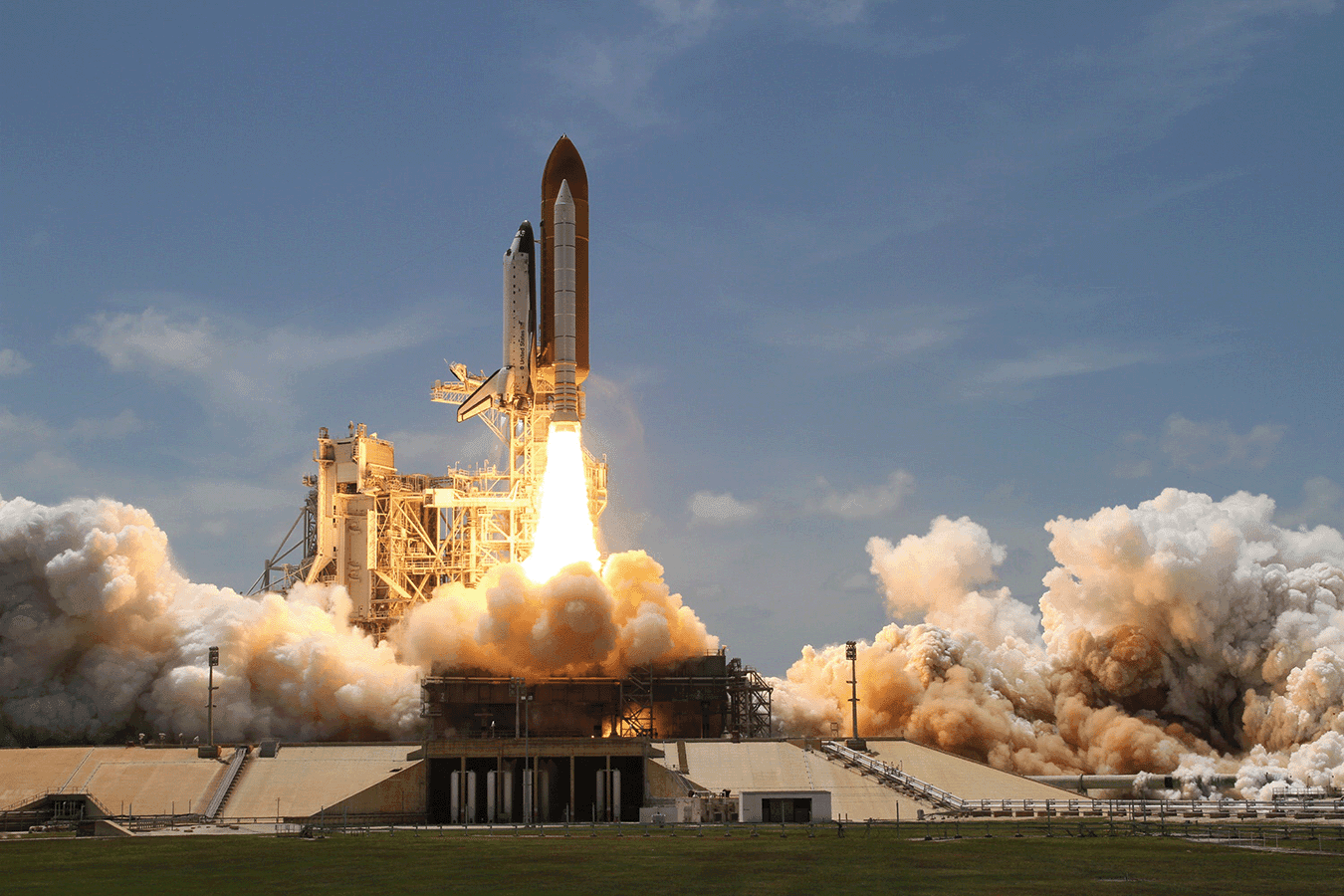As humanity ventures further into the cosmos, the demand for cutting-edge technologies that enhance communication and data management during space exploration missions becomes increasingly critical. The embedded SIM, or eSIM, is emerging as a transformative tool for future space exploration endeavours. This article delves into the potential of eSIM in revolutionising space missions and ensuring seamless communication with Earth.
November 17, 2023
5 minutes read
The Role of eSIM in Future Space Exploration Missions

eSIM: The Spacefarer's Companion
Space exploration missions face unique challenges, including vast distances from Earth and the need for continuous, reliable communication with mission control and other spacecraft. Traditional SIM cards have limitations that make them less than ideal for space missions, but global eSIM technology addresses these shortcomings.
Remote Provisioning: eSIMs can be remotely programmed and updated by mission control on Earth. This feature allows for dynamic adjustments based on mission requirements, making eSIMs an ideal choice for spacecraft that need to adapt to changing conditions, such as variations in signal strength or the need for different network providers.
Multi-Network Connectivity: Internet eSIM-equipped spacecraft can connect to multiple networks, ensuring robust and uninterrupted communication. Spacecraft in deep space, like those exploring the outer planets or celestial bodies, can switch to the most suitable network as they move farther from Earth or encounter signal interference.
Secure and Encrypted Communication: Space missions often involve sensitive data that requires secure transmission. Unlimited eSIM technology supports advanced encryption and security features, safeguarding critical mission information from interception or tampering.
Reduced Physical Footprint: The compact size of eSIMs is advantageous in spacecraft design. Traditional SIM cards, with their physical slots and connectors, can be bulky. eSIMs offer a space-efficient alternative for devices where every gram of payload matters.
Fault Tolerance: Space missions are inherently risky, and equipment failures can occur. eSIM with data technology offers fault tolerance, allowing spacecraft to switch to backup eSIM profiles or network providers if the primary connection is disrupted. This redundancy is crucial for maintaining communication during critical mission phases.
eSIM: The Future of Space Exploration
Space exploration will be transformed by eSIM technology. The function of eSIM will become more prominent as we plan expeditions to the Moon, Mars, asteroids, and beyond. The capacity to remotely provide, secure communication, adapt to changing conditions, and provide redundancy is critical to the mission's success.
Furthermore, as space agencies and commercial firms increase their presence in orbit, worldwide eSIM technology will be critical for managing a growing fleet of spacecraft. It will improve the efficient use of space resources by guaranteeing that each mission has access to the best communication network available.
To summarise, eSIM technology is a transformative instrument for the future of space exploration, not merely a convenience for our everyday mobile devices. As we set our sights on the stars, eSIMs will play an important role in determining the success and efficiency of our missions, allowing us to explore the unknown, communicate effortlessly, and increase our understanding of the universe.
Try Telesim today
Download our app and get access to over 130 eSIMs plans at the most affordable, local rates from around the world.